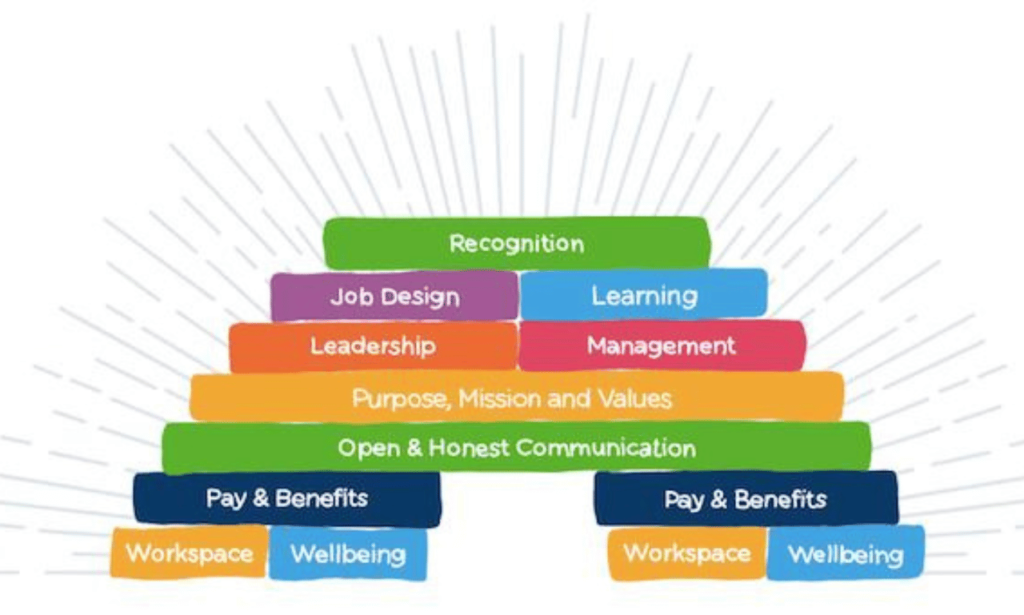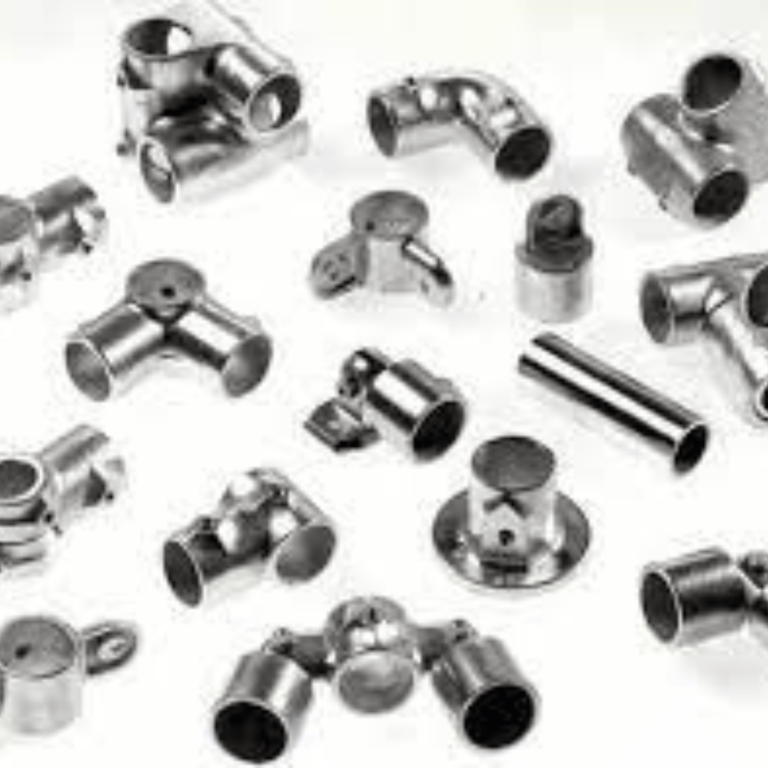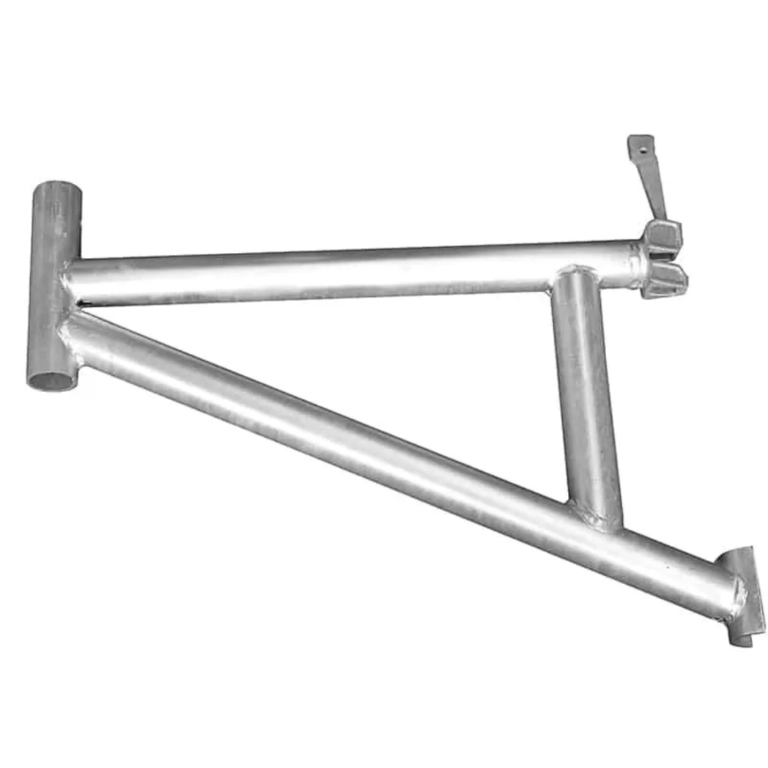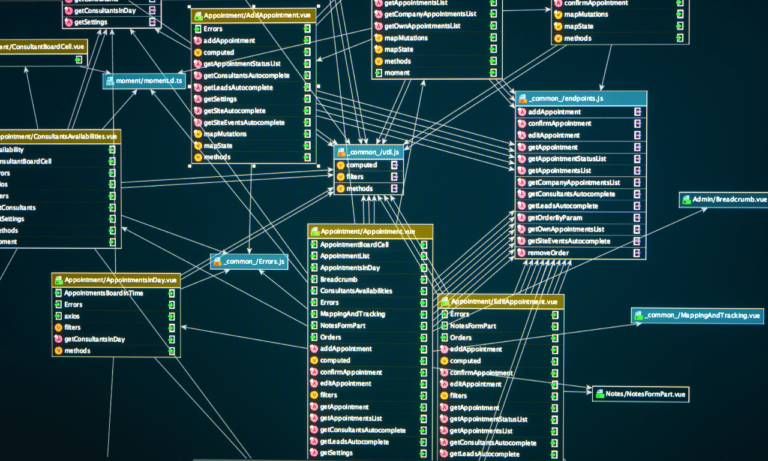Phone:
(+65)8319-0742
In today’s evolving workplace, the implementation of Constructive Feedback Mechanisms stands at the forefront of maintaining a vibrant and cohesive team spirit. In light of the shift towards remote and hybrid work models, business leaders are recognizing the amplified need for effective Feedback Strategies to bridge the physical gap among team members. Such Feedback Systems, designed to deliver both praise and Constructive Criticism Techniques, are crucial for employees to feel valued and to promote a culture of mutual growth and empowerment.
Building a strong Feedback Culture within an organization does not happen idly. It is the success of meticulously applied Effective Feedback Methods that cultivates a productive atmosphere where every team member thrives. By engaging in open and honest Feedback Communication, teams can rally around shared goals and drive forward with a relentless momentum towards excellence, leveraging Employee Feedback Tools that facilitate this exchange. When done right, Performance Feedback Practices can ignite an empowered environment tethered to trust and recognition.
Key Takeaways
- Constructive Feedback Mechanisms lay the foundation for a resilient and united team dynamic.
- Proper Feedback Systems are crucial for team members to feel acknowledged and engaged.
- Feedback Strategies become more crucial as work environments evolve towards remote structures.
- Effective Feedback Methods can significantly increase employee motivation and productivity.
- Employee Feedback Tools are vital for maintaining consistent and meaningful communication across the team.
- A robust Feedback Culture supports continuous learning and collaborative improvement.
Embracing the Shift in Workplace Dynamics
As the professional landscape continues to evolve towards remote and hybrid models, establishing a vibrant feedback culture has become a cornerstone for maintaining the integrity and cohesion within teams. The reliance on Employee Feedback Tools is not just a trend but an organizational imperative. These tools are critical in addressing the challenges posed by limited face-to-face interaction and the risk of eroding team unity in a predominantly virtual setting.
With transactions becoming more digital and less personal, Constructive Feedback Mechanisms emerge as the backbone of effective workplace communication. They not only bolster performance but also fortify the very human connections that constitute a thriving workplace. By implementing these systems, businesses can reinforce community spirit, highlight the significance of each member’s role, and counter potential feelings of disconnection.
Feedback loops are integral in this transformative period, allowing members to feel heard and valued despite the miles that may separate them. Employee Feedback Tools serve a dual purpose of driving performance and nurturing relationship-buildingâan endeavor that contemporary businesses cannot afford to overlook.
- Peer Feedback Loops
- Recognition Platforms
- Performance Tracking Systems
These Employee Feedback Tools and mechanisms, when actively integrated into daily operations, foster a conducive feedback culture that champions continuous improvement and collective excellence. They encourage an environment where team members do not simply coexist but actively contribute to and enrich the evolving dynamic of the modern workplace.
| Tool | Purpose | Benefit |
|---|---|---|
| Interactive Feedback Software | Gather real-time feedback | Enhances decision-making and responsiveness |
| Recognition Platforms | Acknowledge and celebrate achievements | Boosts morale and engagement |
| Performance Tracking Systems | Monitor and evaluate performance | Facilitates personal and professional growth |
Adopting these Constructive Feedback Mechanisms equips organizations to thrive in today’s adaptable work environments, ensuring a strong sense of unity and shared purpose, irrespective of the physical distances.
The Advantages of Constructive Feedback Mechanisms

Unleashing the power of Constructive Feedback Mechanisms is akin to discovering the lifeblood of thriving organizational cultures. It acts as a catalyst for enhancing performance feedback practices and establishing a reputable feedback culture. Reflecting upon such mechanisms unveils their unparalleled ability to promote team spirit and employee motivation, crystallize trust and collaboration among peers, and instantiate effective feedback strategies within the workplace.
Boosting Team Spirit and Motivation
At the core of highly motivated teams lies the art of offering meaningful praise and Constructive Criticism Techniques. By transparently communicating achievements and areas for growth through Effective Feedback Methods, employees experience a surging sense of belonging and a boost in morale. This increase in positive engagement is a driving force behind the greater productivity witnessed within teams grounded in constructive feedback communication.
Nurturing Trust and Collaboration Through Feedback
In nurturing trust and propelling collaboration, feedback serves as the foundation for solid rapport among colleagues. A robust Feedback Communication methodology promotes an environment ripe for mutual respect, lessening barriers to frank and honest discourse. The cultivation of such an ecosystem through well-developed Feedback Systems enables individuals to tender their insights and concerns, fortifying professional bonds and underscoring the essence of teamwork.
Implementing Effective Feedback Strategies
For feedback to transform from mere suggestions into instrumental changes, organizations should implement Effective Feedback Strategies. Incorporating structured systems, such as Officevibe’s Employee Feedback Tools, offers platforms for sharing actionable and anonymous employee feedback. As seen in the table below, employing varied Feedback Strategies and tools can markedly improve every stage of the feedback process, leading to a well-rounded, continuous development cycle.
| Feedback Tool | Functionality | Impact on Feedback Culture |
|---|---|---|
| Peer Feedback Loops | Enables ongoing peer-to-peer feedback | Stimulates a dynamic and interactive feedback environment |
| Regular Team Meetings | Facilitates live exchange of feedback amongst team members | Encourages real-time discussion and immediate action |
| Officevibe | Provides a platform for anonymous, actionable feedback | Promotes honesty and transparency in employee sentiment |
| Dedicated Feedback Channels | Centralizes feedback for easy access and reference | Enhances clarity and organization of feedback for systematic review |
Adopting these proven feedback mechanisms and strategies not only captures the genuine pulse of an organization but also echoes the invaluable role of feedback in charting paths for improvement. It’s imperative that businesses take deliberate steps to fortify their Performance Feedback Practices amid a landscape continually redefined by innovation and change.
Feedback Culture: Balancing Recognition and Critique

Building a thriving feedback culture is a fine balance between offering accolades and providing development advice. The key lies in the strategic use of effective feedback methods and feedback communication within the workplace. Let’s explore how a positive feedback environment can be cultivated, how to manage negative feedback constructively, and the integral role managers play in this delicate equilibrium.
Cultivating a Positive Feedback Environment
To nurture a feedback culture that skews positive, employee feedback tools are vital. Such tools not only facilitate the feedback process but also ensure anonymity and honesty. This seizes the opportunity to highlight what’s working well within the team, reinforcing the positive aspects of performance feedback practices. Emphasizing constructive criticism techniques then becomes a natural extension to this positivity.
Handling Negative Feedback Constructively
Mastering the art of delivering negative feedback is a cornerstone of any feedback strategy. By framing critiques in a constructive way, employees can perceive this feedback as a stepping stone to personal and professional development rather than an attack on their performance. Integrating these moments into a broader feedback culture of growth and continuous improvement is essential for maintaining team cohesion and morale.
Managers' Role in Feedback Systems
Feedback culture percolates down from the top. A manager’s advocacy for performance feedback practices shapes workplace dynamics significantly. Their responsibility extends beyond instituting employee feedback tools; it encompasses actively engaging in feedback communication and steering these exchanges towards constructive outcomes aligned with organizational goals.
| Feedback Element | Role of Manager | Outcome for Feedback Culture |
|---|---|---|
| Recognition | Public acknowledgment of achievements | A morale boost leading to increased productivity |
| Constructive Critique | Gentle guidance for improvement | Employee growth and refined skillsets |
| Continuous Improvement | Setting benchmarks for progress | Adaptive workflow and fostered innovation |
When managers implement effective feedback methods and strategies with care and thoughtfulness, they become architects of a resilient feedback cultureâone that values open dialogue and mutual advancement.
Constructive Feedback Mechanisms in Action

In today’s agile and often remote work environment, the implementation of robust employee feedback tools plays a pivotal role in enhancing feedback communication and advancing a feedback culture. By integrating these tools into the workplace, organizations enable real-time performance feedback practices that are vital to team success and personal development.
Creating Feedback Channels with Employee Feedback Tools
Structured feedback channels are the cornerstone of an effective feedback system, providing a platform for employees to voice their opinions and concerns. Modern employee feedback tools simplify this process by incorporating features like Pulse Surveys and anonymous responses, leading to transparent dialogues and a foundation for continuous improvement.
Continuous Improvement Through Regular Feedback
Belonging to the core of feedback strategies, regular and consistent feedback is essential for continuous improvement and growth within a company. Integrating effective feedback methods into everyday processes ensures that positive change becomes a standard operation procedure, facilitating ongoing development and adaptability.
Innovative Approaches to Feedback in Remote Teams
As teams become increasingly remote, innovative feedback strategies are vital for maintaining connection and engagement. Advanced tools with features like “Good Vibes”, encourage positive affirmation sharing, vital for sustaining an inclusive feedback culture and strong team dynamics, even from a distance.
Embracing these constructive feedback mechanisms not only improves individual performances but also propels the organization toward success. The actioning of feedback turns it into a powerful catalyst for change, influencing everything from work relationships to bottom-line results, with the ultimate goal of fostering an ecosystem of excellence and innovation.
Conclusion
In the landscape of modern business, the heart of a robust workplace lies in its adeptness at adopting Constructive Feedback Mechanisms. These systems shape corporate landscapes by encouraging a deeply rooted Feedback Culture that promotes growth. By integrating Effective Feedback Methods, companies do not merely facilitate task completion; they create sanctuary-spaces for trust and an ongoing cycle of learning and innovation. The implementation of Feedback Systems is the cornerstone of recognizing and valuing the mosaic of individual team efforts, ensuring that contributions are seen and morale is high.
The pulse of any forward-thinking organization beats faster with Feedback Strategies that embrace both the employee and the collective vision. Tools such as Employee Feedback Tools empower team members to communicate openly and authentically, enabling them not only to share accolades but to engage in Constructive Criticism Techniques that pave the way for enduring improvement. Melding Feedback Communication into daily practice transforms the mundane into meaningful, ensuring all voices are heard and considered in the symphony of enterprise progression.
Ultimately, the practice of Performance Feedback Practices transcends traditional management paradigms, aligning with the needs of a dynamic, multifaceted workforce. This commitment to meaningful feedback strategies positions businesses not just to adapt but to thrive in competitive markets. As corporations navigate the challenges and peculiarities that accompany evolving work models, the dedication to reinforcing constructive feedback systems will be indispensable in steering organizational success, fostering innovation, and perpetuating a culture of continuous enrichment.
FAQ
What are Constructive Feedback Mechanisms and why are they important?
Constructive Feedback Mechanisms refer to the systems and practices in place that allow for the exchange of feedback amongst team members or between employees and management. The importance lies in their ability to enhance performance, encourage open communication, and foster a positive work environment, leading to heightened productivity and employee satisfaction.
How do Feedback Strategies affect remote and hybrid work environments?
Feedback Strategies are crucial in remote and hybrid work environments as they help bridge the gap caused by physical distances. They create a platform for continuous interaction, maintaining team spirit, and ensuring that employees feel engaged and valued despite not being physically present in a traditional office setting.
Can Employee Feedback Tools improve Feedback Culture in an organization?
Yes, Employee Feedback Tools are designed to simplify and structure the feedback process, making it easier for employees to provide and receive feedback regularly. These tools contribute to a transparent and open Feedback Culture, where employees can safely share their thoughts and feel assured that their voices are heard.
What are some methods to implement Effective Feedback Practices?
Methods to implement Effective Feedback Practices include setting up regular one-on-one meetings, creating anonymous feedback systems such as surveys, integrating feedback into performance reviews, and providing training on Constructive Criticism Techniques. Establishing clear guidelines and expectations for feedback is also essential.
How does a company cultivate a Positive Feedback Environment?
Cultivating a Positive Feedback Environment involves creating a culture where feedback is viewed as a tool for growth rather than criticism. This can be done by recognizing and valuing the positive contributions of employees, offering constructive and solution-focused feedback, and avoiding blame or negative criticism.
Why is it essential to handle Negative Feedback Constructively?
Handling Negative Feedback Constructively is essential because it ensures that feedback leads to positive changes rather than resentment or decreased morale. By approaching negative feedback as a starting point for improvement and learning, employees can feel supported and motivated to address and overcome challenges.
What role do Managers play in Feedback Systems?
Managers play a critical role in Feedback Systems as they are responsible for setting up the processes, guiding their teams on how to give and receive feedback, and ensuring that the feedback is actionable and productive. They set the tone for a constructive feedback culture and lead by example.
How can Continuous Improvement be achieved through Regular Feedback?
Continuous Improvement is achieved through Regular Feedback by keeping communication channels open and making feedback an integral part of daily operations. This enables teams to adapt, change, and improve processes and behaviors continuously, ultimately driving performance and success.
What Innovative Approaches are there for Feedback in Remote Teams?
For Remote Teams, innovative approaches to feedback include using video conferencing tools for more personal feedback sessions, utilizing peer recognition platforms, incorporating gamified feedback systems, and applying collaborative software that allows real-time feedback and virtual brainstorming.

















